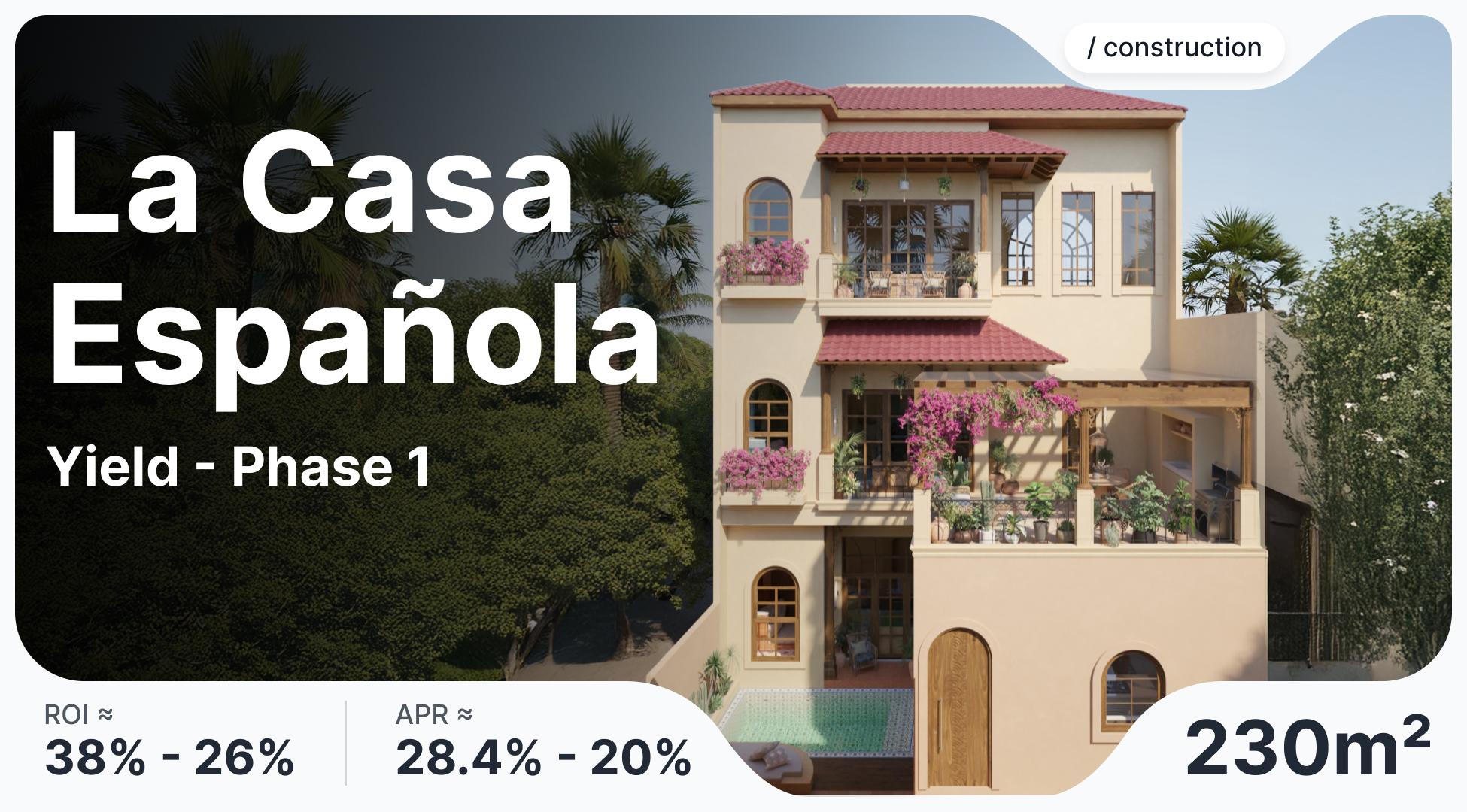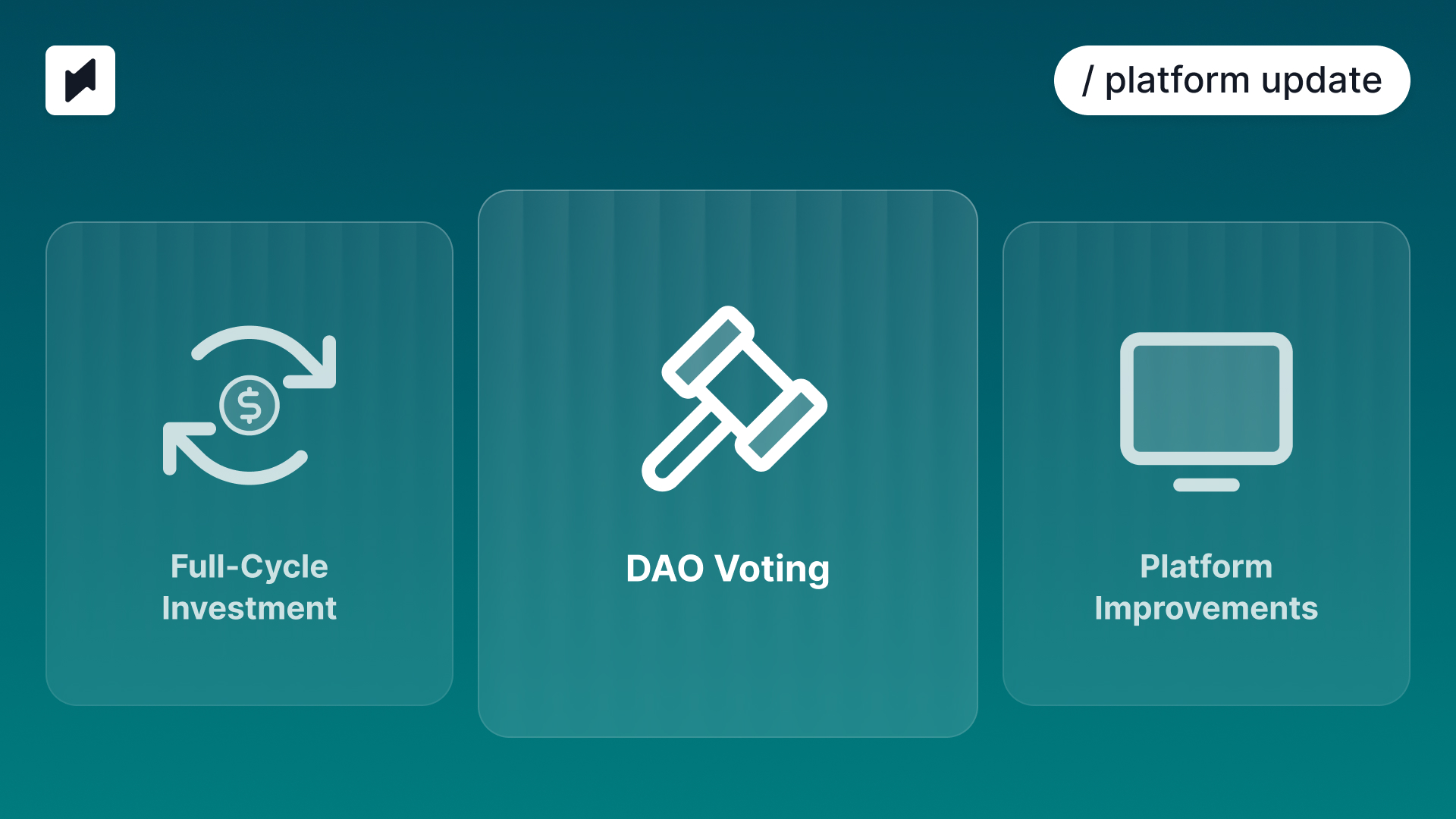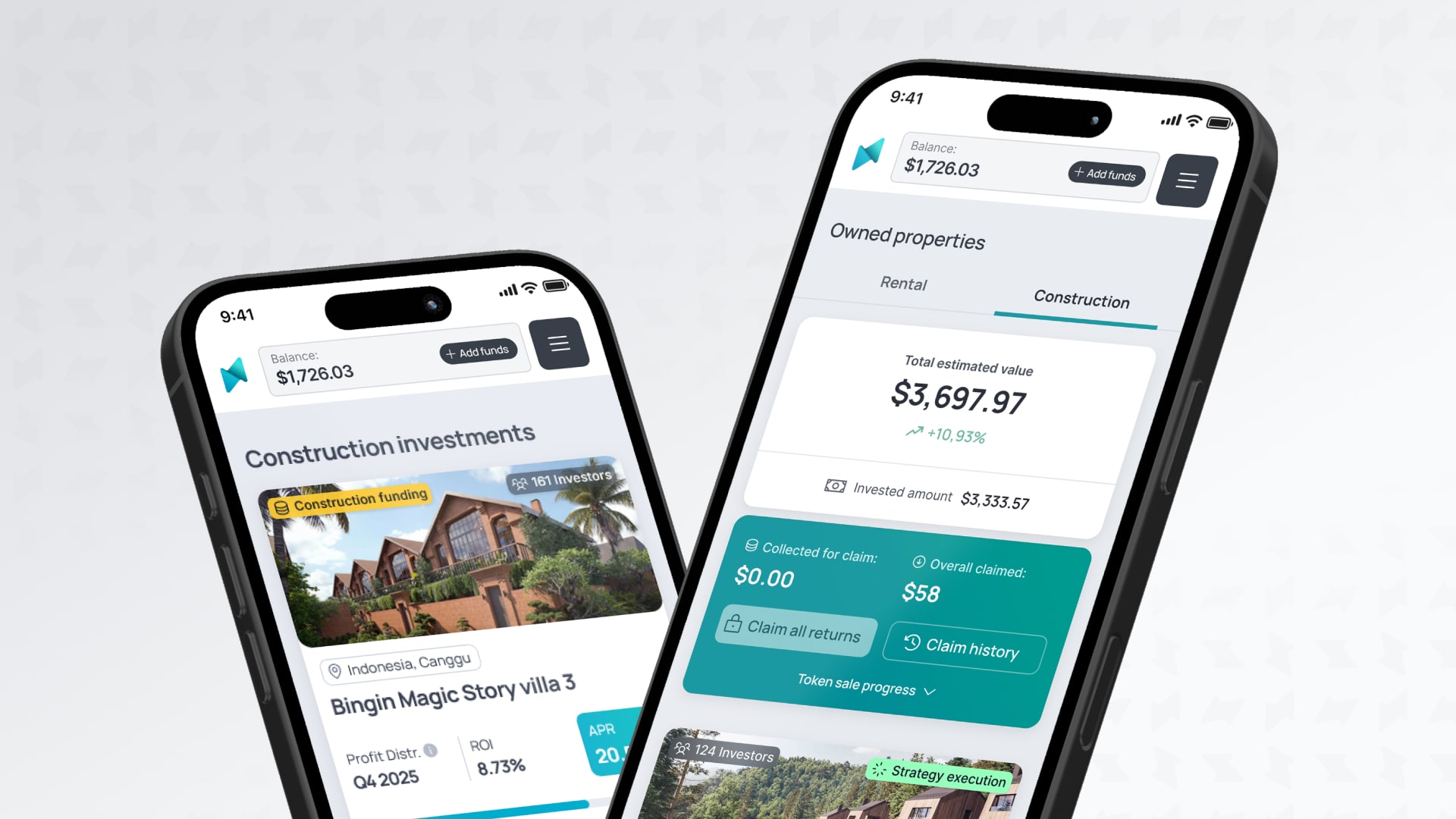BlackRock's Tokenization Vision Explained: Four Stages of Digital Asset Revolution

BlackRock's Vision of Tokenized Future
Larry Fink projected the future of the financial markets over the next several decades in January 2024. Following the approval of the Bitcoin ETF, the CEO of BlackRock made it clear: “every stock and bond would eventually live on a shared digital ledger.” Coming from the head of a $10 trillion asset manager, these words are noteworthy; even more, they are a blueprint for finance's evolution.
The figures illustrate the magnitude of the stakes. Global real estate tops $630 trillion. The bond market is approaching $150 trillion and growing, with government bonds making up 68% of that pie. Stock markets add $111 trillion. BlackRock sees these assets moving onto blockchain networks in the years ahead. Even if just 10% of real estate gets tokenized, that's $63 trillion in digital assets—three times bigger than today's entire crypto market. Add in a slice of stocks and bonds, and we're looking at a transformation worth hundreds of trillions.
Beyond traditional markets, new asset classes keep emerging. Startups now tokenize everything from carbon credits and future athlete earnings to rare wines and intellectual property rights. Some platforms even let artists tokenize their creative works, while others focus on fractional ownership of luxury items like classic cars and fine art. These aren't just pilot projects—they're early examples of how blockchain could reshape what we consider investable assets.
The RWA 2025 Tokenization Report goes into great detail on these tendencies and possibilities. Now, let's explore how BlackRock plans to lead this financial transformation.
Current Leaders of Tokenization
There has been a dramatic shift in the tokenization industry during the past 12 months. Conventional banking behemoths are now at the forefront, after having been long overshadowed by crypto natives. Launched in March 2024, BlackRock's BUIDL fund reached $520 million in 40 days—and that's not even scratching the surface. Franklin Templeton jumped in with their Benji fund, while Janus Henderson and Fidelity are busy doing their tokenized things.
And what about the most heavily tokenized asset classes? Stablecoins, commonly referred to as tokenized fiat money, constitute 97% of all tokenized assets and have a market cap of $203 billion. U.S. Treasury bonds come second at $4 billion, followed by tokenized commodities at $1 billion—mostly in gold-backed tokens. Private credit sits at $575 million in active loans, while real estate and stocks are just getting started with $250 million and up to $70 million, respectively. Remember that these numbers might change quickly because the industry is always improving and measurement methods are always being tweaked. We obtained these data from our RWA 2025 Report, which explains how to calculate these estimations appropriately.
For years, stablecoin titans such as Tether dominated tokenization; however, the landscape is changing. The market requires more diversified tokenized assets, which is where companies such as Securitize come in. Recently, BlackRock funded them $47 million to create infrastructure for institutional-grade tokenization. In stablecoins, government debt, and private credit markets, crypto pioneers such as MakerDAO and Ondo Finance—also supported by BlackRock—keep stretching limits. These players taken together are laying the groundwork for what Larry Fink called the "one general ledger" future.
Stages of World Tokenization (orchestrated by BlackRock)

The path to tokenizing the world's assets isn't random—it follows a logical progression that we can observe and map out. Let's break down these stages and see where we stand.
Stage 1: Digital Dollar Foundation (2014-2023)
Stablecoins solved a basic need—reliable digital money—which set the stage. Starting with Tether (USDT) and later joined by Circle (USDC), these tokens bridged the gap between traditional finance and blockchain. Some saw the early possibilities and started experimenting, while most big institutional actors observed from the sidelines. Two fundamental components were lacking during this time: unambiguous regulation and technology maturity (DeFi initially surfaced in 2020 and didn't fully hit its stride until late 2022).
Stage 2: Government Bond Revolution (2023-Present)
Here we are now, with BlackRock driving the change and crypto space fast institutionalizing under control. Launched in March 2024, their BUIDL fund broke ground as the first institutional-grade tokenized investment fund concentrating on US Treasury bonds. Franklin Templeton, Fidelity, and others quickly followed, driving tokenized Treasury bonds to $4 billion. The logic makes perfect sense: once you have stable digital money, you need safe places to park it. With the new US administration, regulatory barriers are starting to fall.
Stage 3: Expanding the Asset Universe
Here, we are witnessing the initial exploratory stages. Some platforms are now tokenizing private credit ($575 million), commodities ($1 billion), and even real estate ($250 million). Still, the sector struggles with basic issues like how best to handle money flows, tokenize various asset types, and control ownership rights. New structures are emerging through DAOs and specialized platforms like Securitize and Ondo Finance—both backed by BlackRock—but they're still mostly focused on stablecoins and bonds. Big players are laying groundwork for this stage while letting the market experiment, largely because demand and awareness haven't fully caught up yet.
Stage 4: Mass Adoption and Innovation
This is the endgame Larry Fink envisions—when tokenization becomes the default rather than the exception. Traditional assets will rapidly migrate to blockchain, while entirely new asset classes emerge. Yes, you'll find pioneers already tokenizing everything from wine collections to future athlete earnings, but don't let these early movers fool you—the institutional world still focuses on mastering government bonds. These innovators matter, but big money follows its own timeline.
Are We Waiting for Regulations?
The conventional wisdom suggests regulation is holding tokenization back. Yet reality paints a different picture. Take stablecoins—where market demand runs strong—regulatory frameworks barely matter. A full decade after Tether (USDT) hit the scene, the US is only now pushing its bipartisan Stablecoin Bill. For government bonds, current regulations aren't perfect, but they work well enough for giants like BlackRock to roll out products like BUIDL.
When we dive into more complex assets, things get interesting. Consider real estate tokenization: the real challenge isn't just regulation—it's cracking the code on fractional ownership, cross-border deals, and digital custody rights, then convincing people it's both safe and worthwhile. We already have promising local initiatives, like Wyoming's 2021 DAO LLC SF0038 act, which created structures perfect for real estate tokenization.
Sometimes market demand and maturation are all we need. Stablecoins prove this point—they exploded to $203 billion because the market wanted them, and regulators simply adapted. Other asset classes might follow the same path. BlackRock isn't sitting around waiting for perfect regulations; they're actively building infrastructure through investments in companies like Securitize while the regulatory landscape catches up.
So what's really holding us back? Not just regulations, but market maturity. We need better digital identity solutions, streamlined KYC/AML processes, and most crucially, genuine demand from users who get these products. The regulatory framework will naturally evolve as the market proves what works. Meanwhile, smart players are laying the groundwork, knowing that rules follow innovation, not the other way around.
Quantitative Projections of Tokenization by 2030
Let's look at hard numbers. Today's tokenized assets total around $209 billion, with stablecoins making up $203 billion of that pie. But to understand where we're heading, we need to look at the massive markets waiting to be tokenized: $630 trillion in real estate, $150 trillion in bonds, and $111 trillion in global equities.
Conservative estimates put tokenized assets at $3.5 trillion by 2030, while optimistic projections reach $10 trillion. This wide range makes sense when you break down different adoption scenarios:

Base Case ($3.5 trillion):
- Roughly 10% of regulated fund assets move to blockchain
- Institutional investors adopt at a steady, measured pace
- Focus stays on familiar territory: bonds, commodities, and other traditional assets
Bull Case ($10 trillion):
- Banks and funds move faster, driven by significant cost savings
- Real estate tokenization catches fire—even a modest 1% would add $6.3 trillion
- New asset classes emerge and quickly gain market acceptance
These aren't just numbers pulled from thin air. We base them on current growth rates, institutional moves like BlackRock's BUIDL fund, and real market demand. The real question isn't if we'll hit these numbers, but when.
How to Participate in Tokenization?
Your starting point into tokenization is mostly determined by the assets that interest you. Congratulations, if you already utilize stablecoins for payments or trading—you are now a member of the tokenization revolution. If you're seeking something more intriguing, though, there are various possibilities.
For those who are interested in government bonds, institutional-grade funds such as Franklin Templeton's Benji or BlackRock's BUIDL provide exposure to tokenized U.S. Treasuries.
For those drawn to other asset classes, choices are growing. Companies like Hashnote concentrate on tokenized financial instruments; platforms like Backed Finance provide tokenized stocks. The secret is performing extensive study and knowing exactly what rights and protections your tokens grant.
Real estate tokenization gives another intriguing option. Operating under Wyoming's 2021 legislation (W.S. SF0038), Binaryx is one platform making this easily available. We create a dedicated Wyoming LLC for each property, which then issues blockchain tokens. When you buy these tokens, you become a co-owner of the LLC that owns the property, with your ownership rights protected by state law.

Want to dive deeper? Check out these resources:









-min.jpg)
